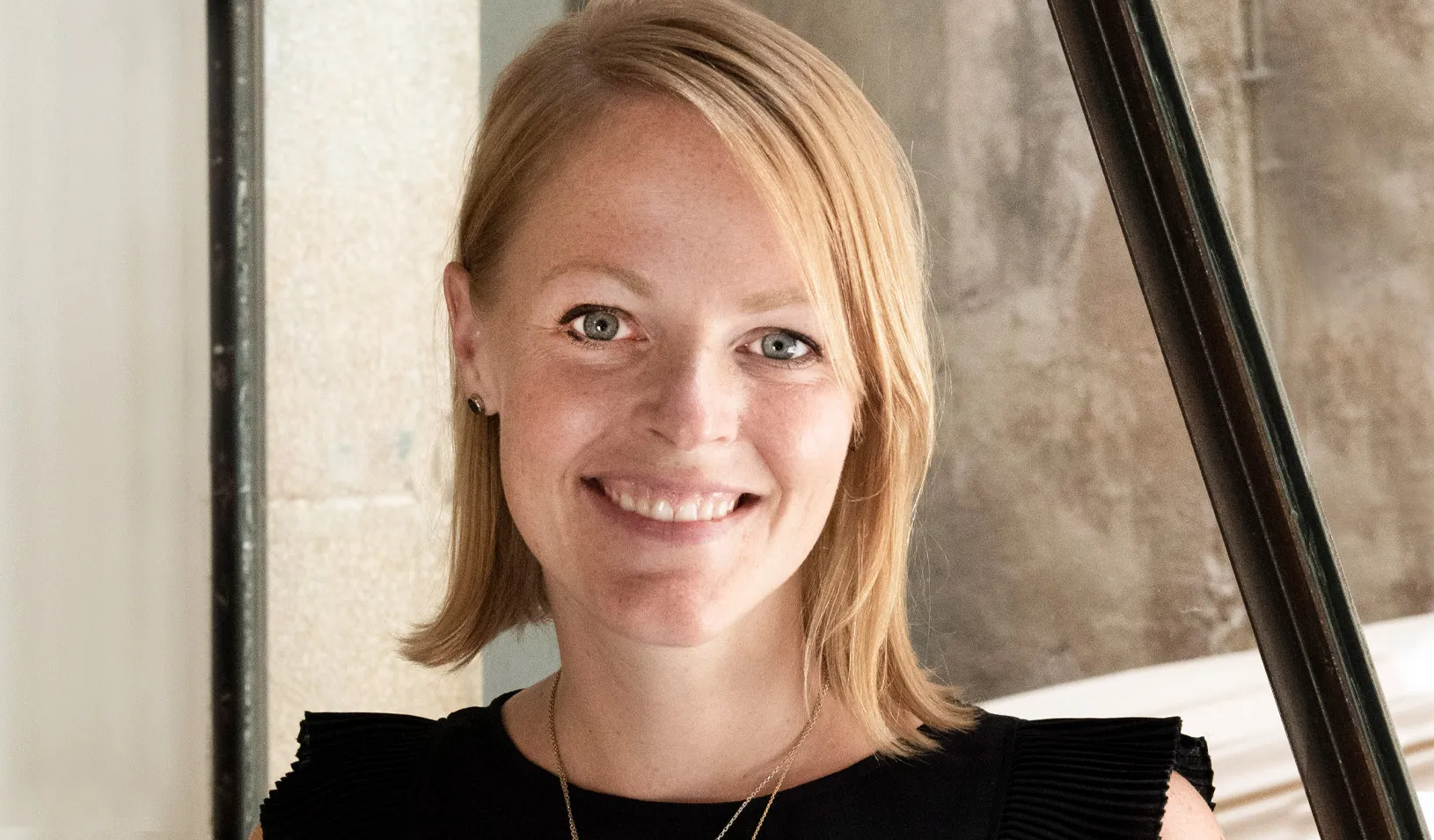Back to Class: The Paths to Power
The basic lessons of this perennially popular class are simple. Putting them into practice is not.
September 03, 2021

Jeffrey Pfeffer teaching his class, The Paths to Power, in June 2021. | Photo by Tricia Seibold
After joining the Stanford GSB faculty as a professor of organizational behavior in 1979, Jeffrey Pfeffer wanted to offer an elective on something “important, under-researched, and under-taught.” Power was an obvious choice: “It struck me that power was something that existed in organizations and affected people’s careers,” he recalls — and yet no one was teaching business students about it.
Editor’s Note
In this ongoing series, we bring you inside the classroom to experience a memorable Stanford GSB course.
Since then, Pfeffer has taught power — both the concept and the elective known by the same name — to thousands of Stanford GSB students. While his course, now called The Paths to Power, has evolved with time, its core lesson remains unchanged: Talent and skill are important, but if you overlook power, success may pass you by. Fortunately, you can learn how to get power and use it to accelerate your career, influence people, and achieve your goals.
It’s a simple idea, if not an easy one. Even when it’s rooted in social science, the study of power carries Machiavellian undertones. “In order to teach this successfully, you have to be willing to do stuff that that is different than what is going on in most business schools, where we have what I would call ‘Kumbaya’ leadership,” Pfeffer says. “One student once described my class as the cod liver oil of the GSB: You know it’s good for you, but you feel a little nervous about it.” His syllabus comes with a boldface disclaimer: “This Class Is Not for Everyone.”
Nevertheless, Power is one of Stanford GSB’s most in-demand electives. “This class has become, I think, more countercultural,” Pfeffer says. “Ironically, that has actually made it more popular.” Last winter, for every student who got into the two-section, 68-person course, two were turned away.
The case-based class meets twice a week and often includes guests who embody Pfeffer’s rules of power, including Stanford GSB alumni and prominent names in business and politics. Students receive individual coaching from a team of course facilitators. A series of self-reflective assignments culminates in a “Doing Power” project, in which students must put what they’ve learned into action. Those who stick with the work get results, Pfeffer says. “I get emails from people that say, ‘I took the class seriously. I took the Doing Power project seriously. And it actually works.’”
In a recent in-person class for MSx students, Pfeffer made the case that ambitious people should care less about whether they’re perceived as pushy, competitive, self-promoting, or aggressive. His guests were Christina Troitino, MBA ’20, a former Power student who’s now a strategy and operations lead at YouTube; and, via Zoom, Keith Ferrazzi, a consultant and author whom Pfeffer describes as “the quintessential networker.”
Pfeffer and Ferrazzi had an amiable yet intense exchange about the importance of likability. (Pfeffer: “not really relevant.” Ferrazzi: “a great advantage as long as it doesn’t take away from being bold and audacious.”) Troitino recounted how she once talked her way into dinner with Martha Stewart. “I’m not the loudest person in the room,” she said, “but I’m shameless.”
At first, no one seemed fazed by what they were hearing. “Are you all microdosing or something?” Ferrazzi cracked. But as the class continued, a few students began to politely sniff at the cod liver oil. At what point do you cross the line between assertive and just plain annoying, one asked. “You could be called much worse things than annoying,” Pfeffer replied.
Another student noted her “visceral” reaction to some of the day’s material. “That’s all well and good if you’re a tall, good-looking white guy,” she said — won’t a woman who comes in hot to a male-dominated environment get shot down? Both Troitino and Ferrazzi, who’s gay, acknowledged that stereotypes and biases are very real, but said you can’t let them psych you out or keep you from doing what is necessary to be successful.
As the class came to an end, Pfeffer returned to his mantra: Gaining and exercising power is a choice. “My job is not to tell you what to do but to give you the best exposure to what works and why,” he said. The essence of his research, he continued, can be explained in 90 minutes. Yet getting past your inhibitions to internalize those lessons takes practice. “This is why this class is 10 weeks long,” he said. “We need a 10-week class so you can say, ‘I’m embracing the stories I’m telling.’ Because everybody is telling a story.”
For media inquiries, visit the Newsroom.
Explore More
Erin Nixon Joins Stanford GSB as Assistant Dean of Admissions

Nia Rose Froome, MBA ’23: Making Local, Fresh Food Available for All

New Research Fund Promotes Responsible Leadership for the Next Century
